Andrew Venables from WMS Firearms Training provides four major checkpoints that should give us the best chance of hitting the target... we call them the Four Commandments
 credit: Archant
credit: Archant
Some things are worth repeating. I was once advised that, as a trainer, just around the time you are getting totally fed up with repeating something, is usually when the majority are starting to absorb it.
This is why this month’s article is basic repetition of four points that I describe and teach almost every day of my working life. They are:
1. The position must be firm enough to support the rifle;
2. The rifle must point naturally at the target;
3. The sight alignment must be correct at all times;
4. The shot must be released without undue movement.
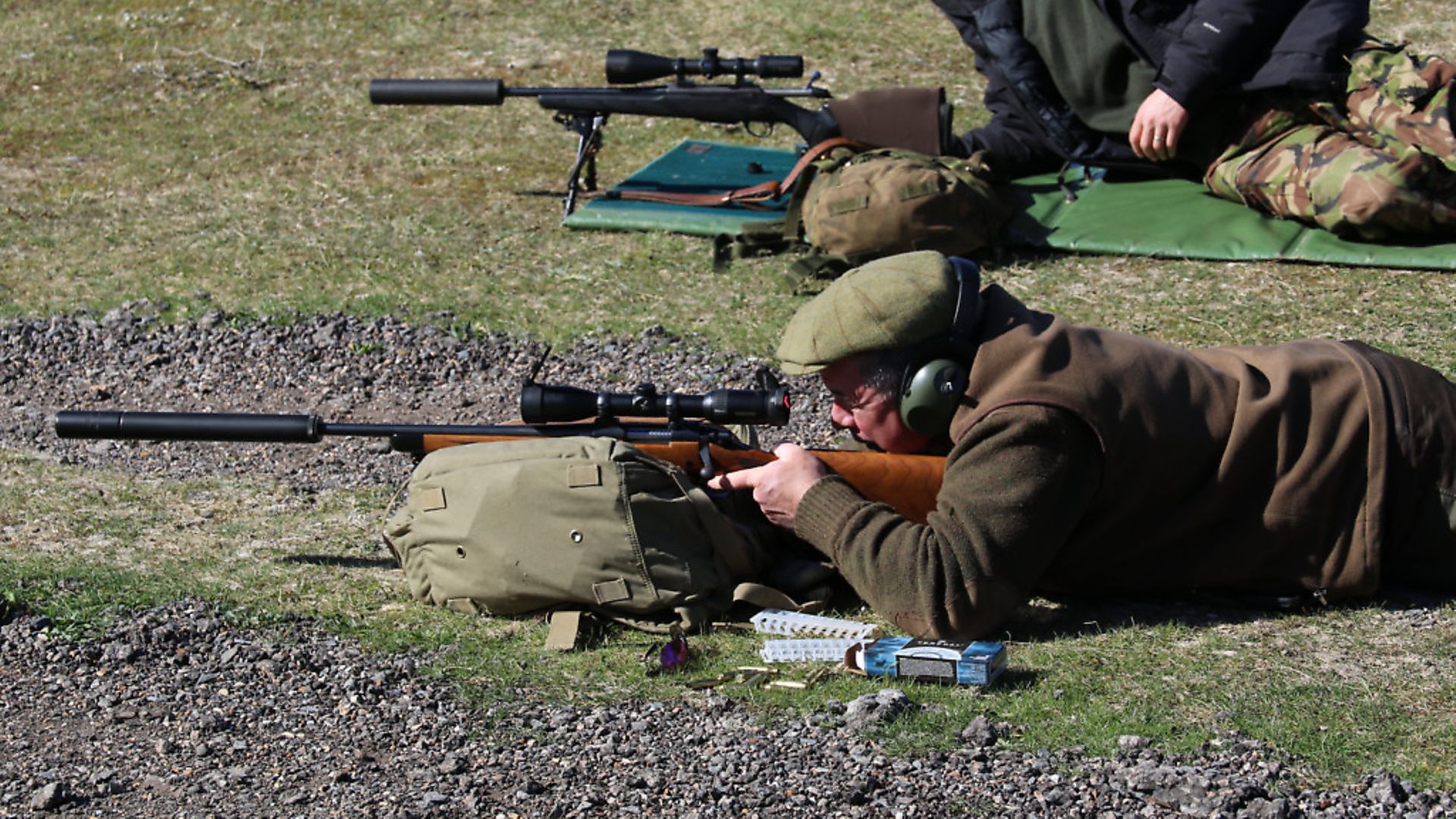 credit: Archant
credit: Archant
Unbelievably, that is it. If you put all this into action in the right order you will never miss, right? In theory, yes. In practice, there is much to still go wrong between the muzzle and the target in terms of elevation, windage, things in the way, etc.
But for now, let’s consider how the four salient points apply to a run-of-the-mill 70-yard shot off sticks at a roe buck.
My belief is that the four points above are the most important factors in the creation of a successful shot, like a mantra for shooting rifles. Knowing how to apply them to every shooting position you might use is the true route to success. Looking at social media and advertising, the current shooting mantra seems to be the theory of small groups.
Pre-season, you tore a hole in your artistic soul by developing the perfect load for the roe buck season. After 23 different recipes of bullet, powder, case and primer, you made the perfect one; it only cost you half your barrel life and a month’s wages.
You achieved one quarter of a minute of angle all day from your chosen rifle when shot off the bench with an F Class bipod, sandbags, and some beta blockers to steady your heart rate and nerves.
Fabulous! But did you practise off sticks? Did you take some standing freehand shots at 30 yards at a paper plate or deer target? Did you use the scope at 4x or 24x? In short, did you practise any of the skills you actually need to hit a beer mat-sized target off sticks at 70 yards? If the answer is no, your quarter-inch group is likely to become one-and-a-half minutes of deer and a miss.
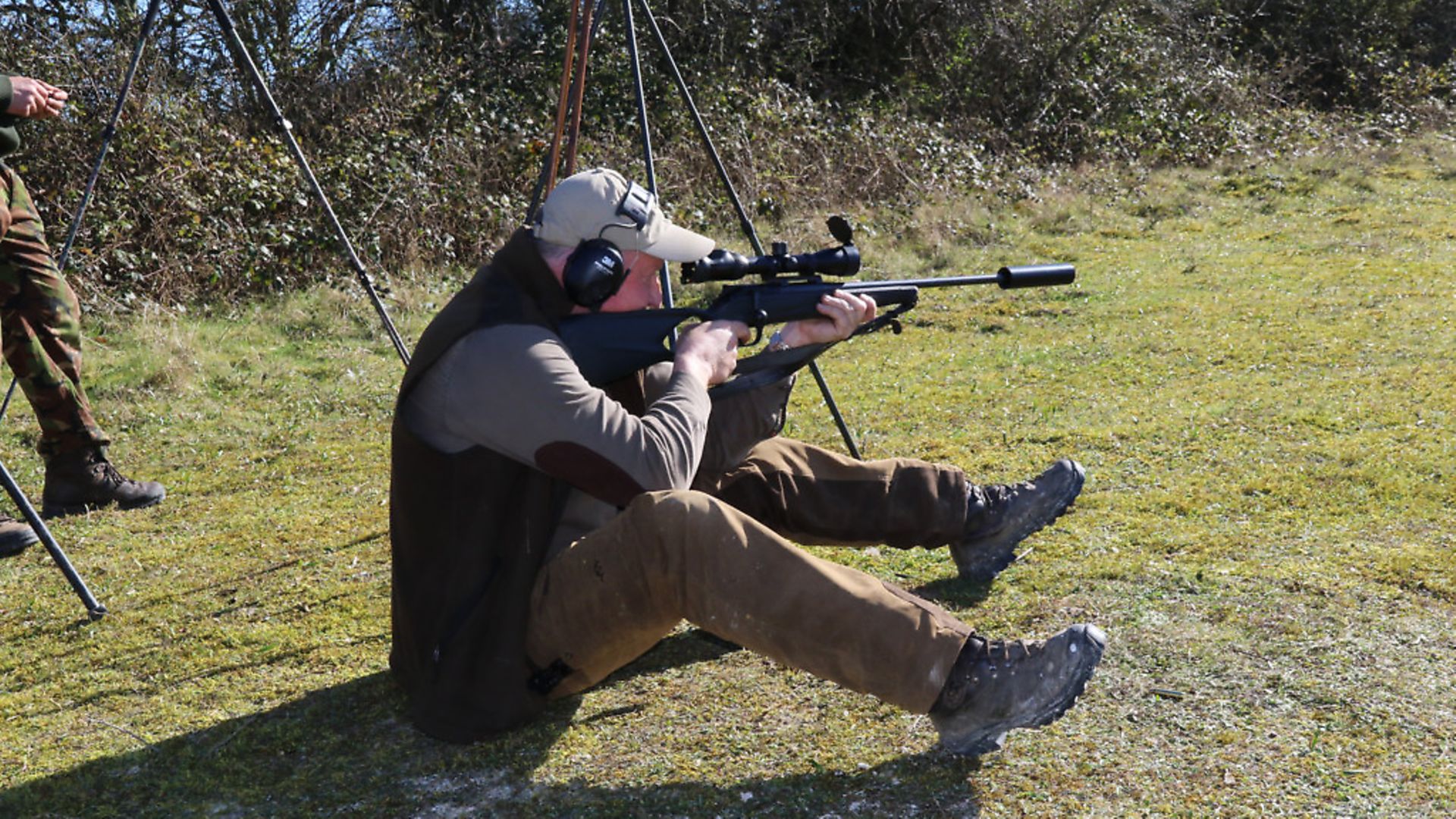 credit: Archant
credit: Archant
Position
When considering if the position is firm enough to support the shot, dry firing is the quintessential test of its veracity. Assume the position you hope to use in the field and, after triple checking the rifle is empty and the magazine is removed (if possible), aim and go ‘click’. If the cross hairs or sights are still where they were before the click, the signs are good. I often dry fire in the relevant positions before heading out hunting. It is a principle and method refresher and helps a lot.
Pointing at the target
Is the rifle pointing naturally at the target? The simple test is as easy as breathing… just breathe in deeply and observe the sights heading south. Breathe out and observe them heading north. If they end up back where they started, you are naturally aligned. If they don’t, move about, starting with your feet, then hips and then shoulders until they do. You are now aligned, and oxygenated, which is always helpful and relaxing.
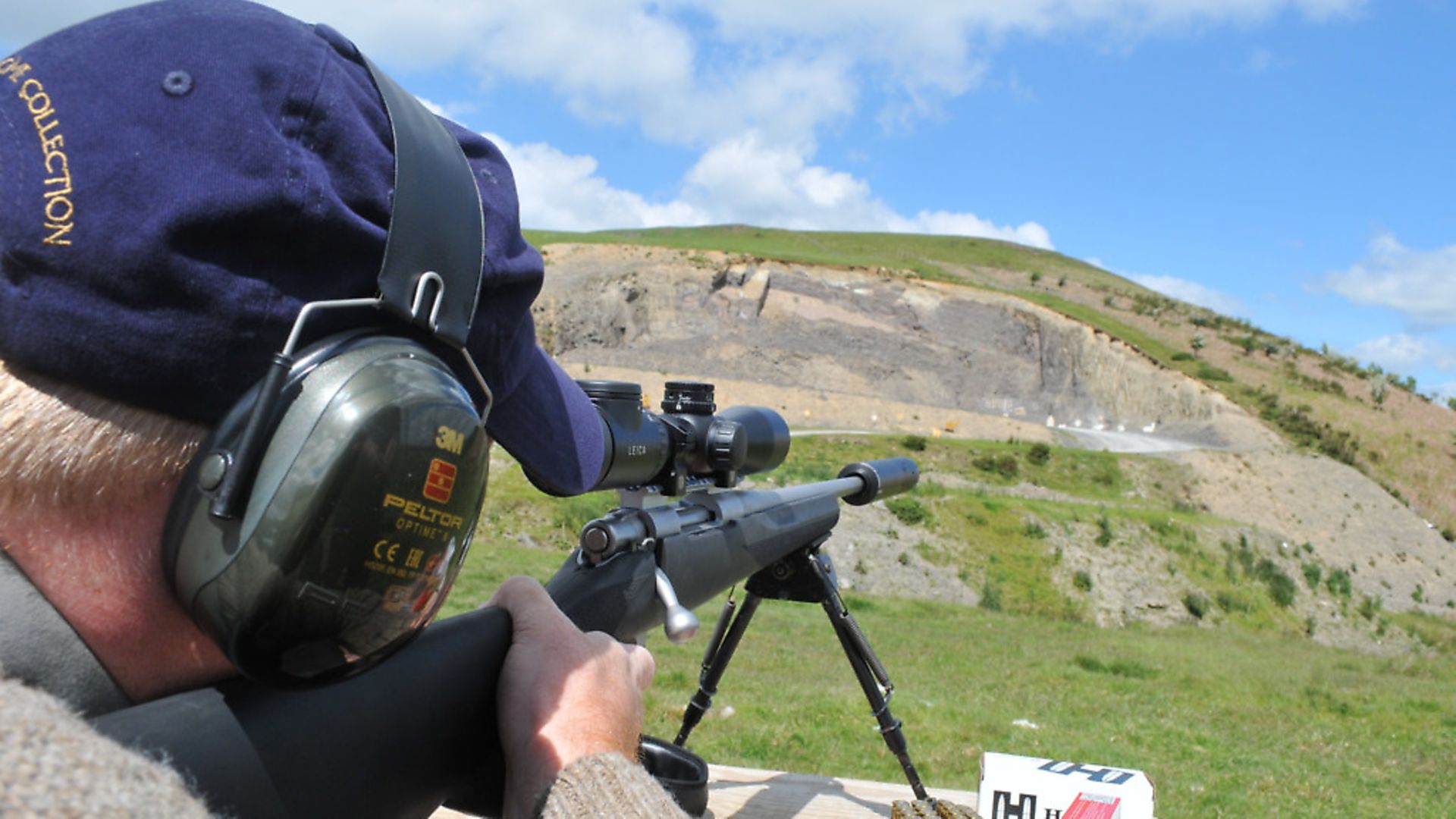 credit: Archant
credit: Archant
Sight alignment
Sight alignment is a developing subject. When I started shooting it involved open sights and aligning the front sight with the rear sight, focusing on the front sight, and then placing it correctly on the target before squeezing the trigger. It was an art form. Young eyes helped and, over the years, telescopic sights have largely taken over, helping my older eyes and increasingly long vision.
Now, my task is to ensure that I can see the complete circumference of the objective (front) lens of the scope and total extent of the reticle, right to the edges. This should be perfectly encircled by the image of the ocular (rear) lens of the sight.
When this is achieved, my jaw/cheek must be firmly welded to the comb of the stock and there should be a three- to four-finger distance between my eyebrow and the hard bits that I don’t want to get hit by. I reckon there are two sorts of rifle shooter: people who have been ‘scoped’; and people who will be ‘scoped’. It hurts, it scars; try to avoid it.
Further improvements around this subject are to ensure the stock is firmly held into the shoulder where the strap of a bra goes. Avoid the bicep or collarbone. The pistol grip should be gripped and gently pulled in to seat the rifle in the shoulder. Try putting your perfectly cleft jaw on top of the comb, keeping your head straight and sliding your jawbone down the stock until the sight picture appears.
Now you have good stock weld. If you can see any hint of shadow or imperfection in the picture described above, slide backwards and forwards until it is perfect. The higher the magnification is set, the harder it is to find the perfect sight picture and the easier to lose it in recoil. Zoom out, try again.
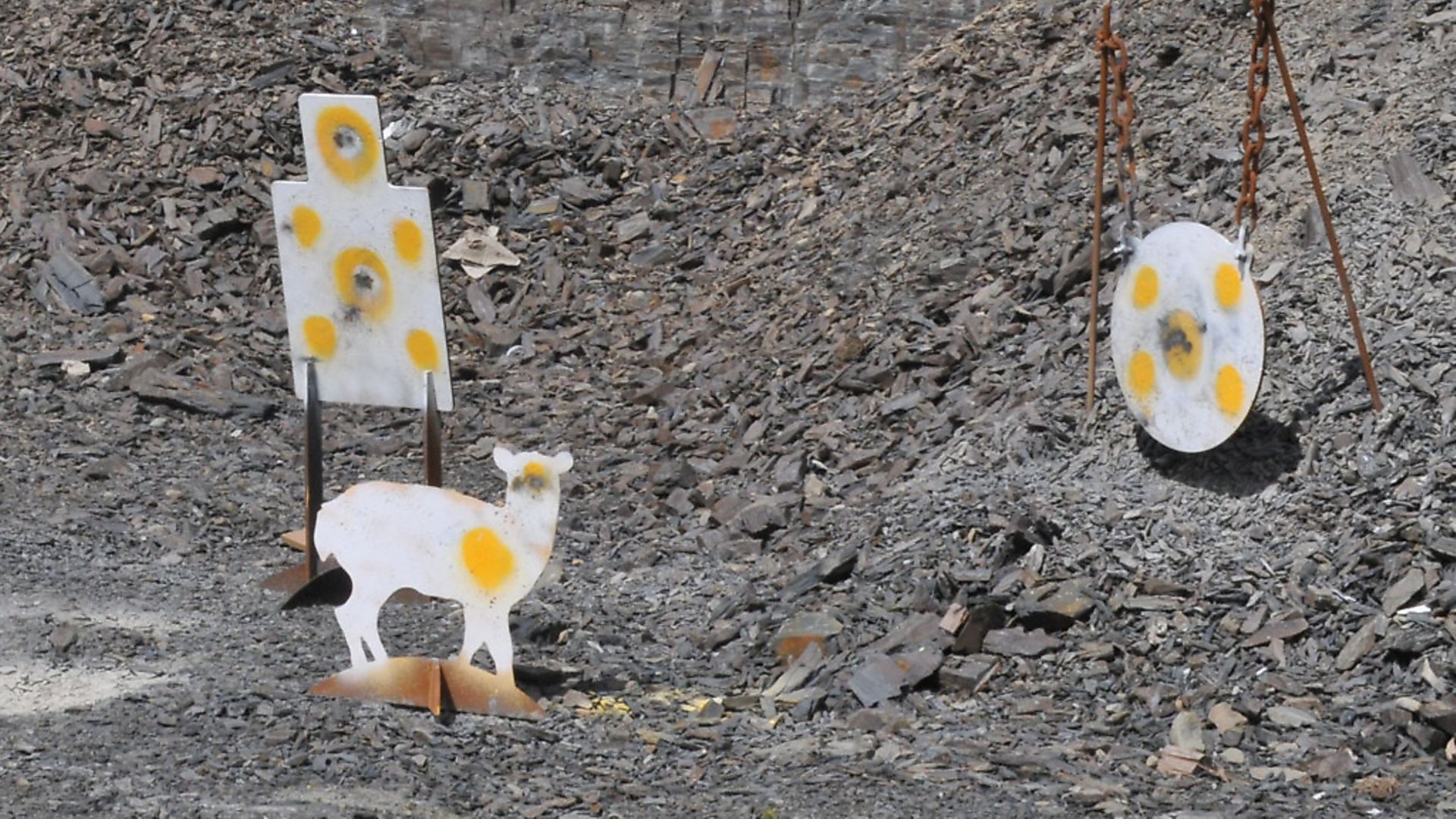 credit: Archant
credit: Archant
Shot release
The shot release is the final frontier in accurate shooting. Everything described before will help, but the shot release decides the outcome and can ruin all that went before it. Undue movement is, in fact, any movement at all except for the rearwards travel of the trigger. Frankly, if you so much as blink you have likely spoiled the shot. This takes practice and familiarity with the rifle.
My curse is that I probably shoot somewhere between three and 20 rifles in any given week. You can do much better than me by sticking to one, or a few that have the same feel, function and trigger release.
I often advise clients to form a word in their heads as the trigger is intended to break. The word is ‘nnnnnnnow’; it is not ‘NOW!’
Practise this exercise: at the moment of perfect sight alignment, breathe out, steady everything, be relaxed but firm, and think ‘nnnnnnnow’ as you squeeze the trigger. It works for me. When you are totally familiar with one rifle and trigger, you can start to take liberties and get away with them.
When I use sticks, I don’t think ‘nnnnnnnow’, I think ‘nnow’… much quicker but still without breaking the contract of perfect alignment. I hopefully will have demonstrated this ability at our Stalking Rifle Masterclass at Euston Estate, or how not to do it if it goes wrong. You can read about that next month.
The more I practise what I intend to do in the field, the luckier I get. The luckier I get, the better we eat. Simple.
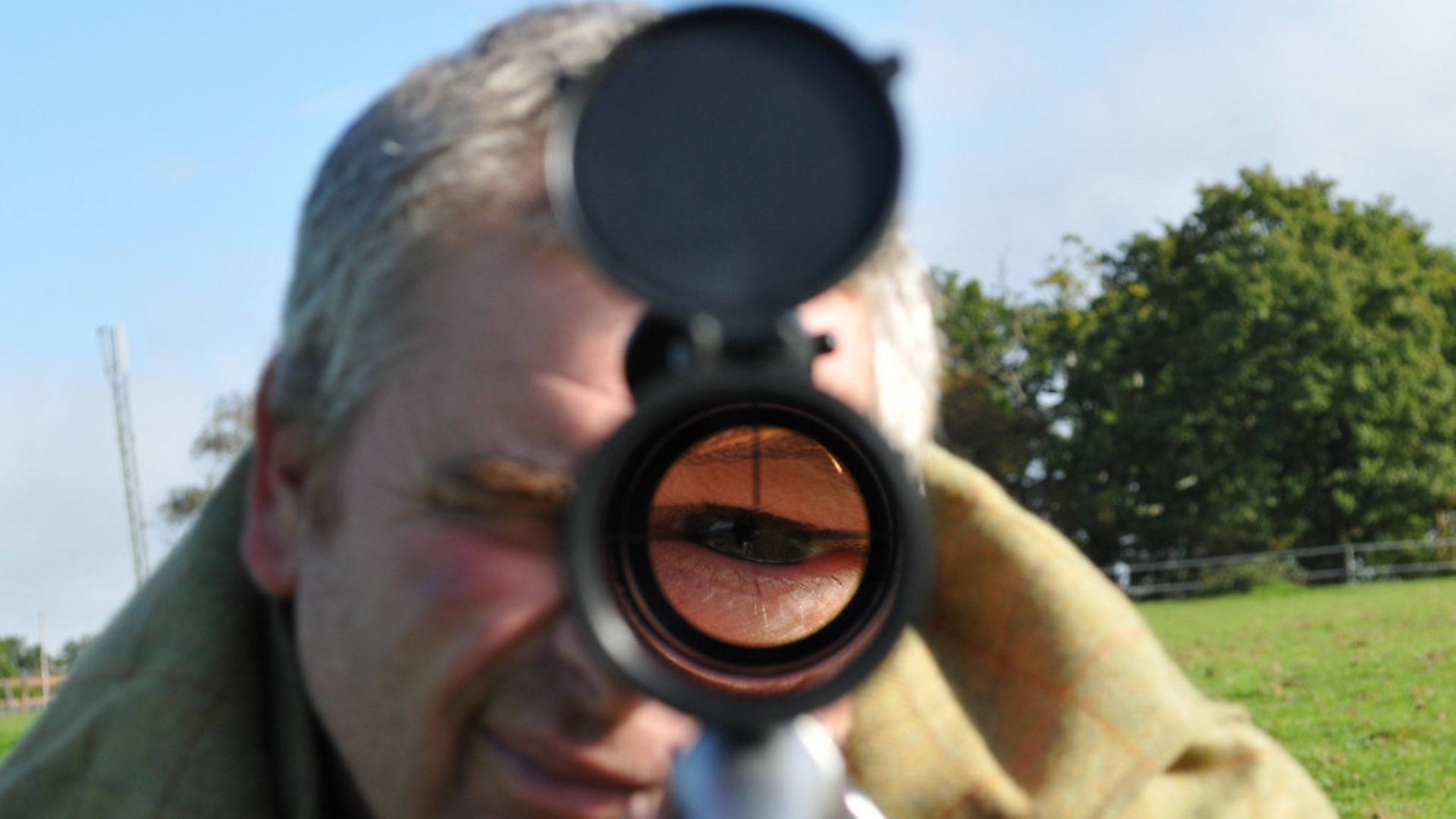 credit: Archant
credit: Archant
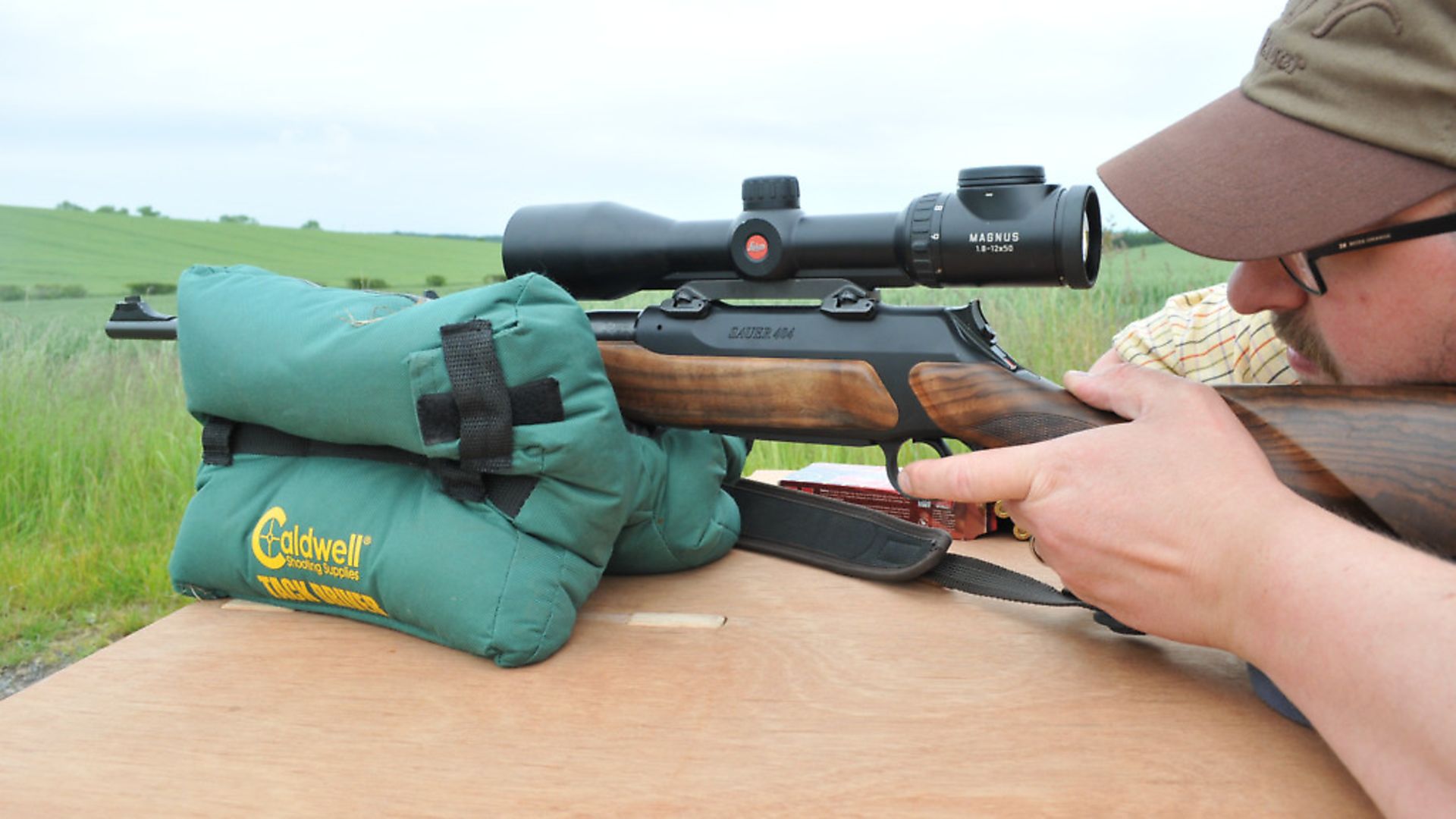 credit: Archant
credit: Archant